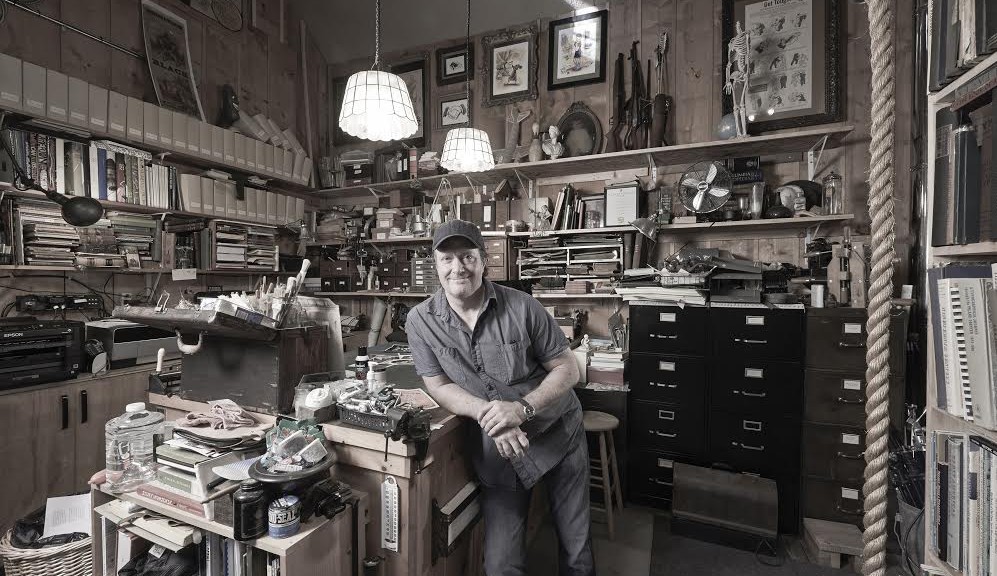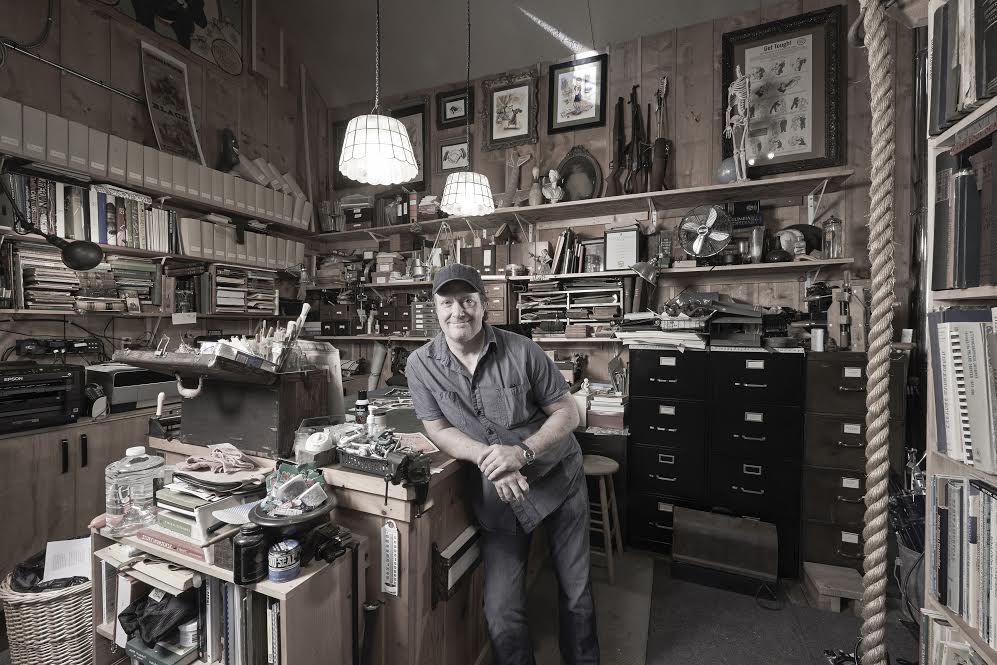The following article comes from the 1921 collected edition of “Our Paper,” put out by the Massachusetts Reformatory:
Bossing the World
by John B. Wallace
Certainly in comparison with the property man of the speaking stage, a motion picture property man can most properly be called a super-property man. Accordingly I feel that my action is justified when I dub Howard S. Wells, manager of the property department of the largest film studios in California, a super-property man.
He not only has charge of all the properties used by the dozen companies working out of the studios, but he must house and feed the companies that are out on location. He also has charge of the many motor trucks maintained by the company and must see to the transportation of the actors and supplies.
He is responsible for the issuance of the supplies from the immense warehouses in which they are stored. Under him are dozens of set dressers, warehouse men, truck drivers and laborers.
As soon as it is decided to film a certain story, the scenario—or a copy of it—is turned over to Wells and he makes a list of the properties required. The assistant director is also required to make a list and this is compared with that prepared by Wells. This double check is very important.
Suppose, for instance, that a company is in the mountains or in the desert. The absence of one property which the property man has forgotten or overlooked might cause a delay of several days. Such delays would run into thousands of dollars. The old days are past, and efficiency and accuracy are watchwords. He must be a man of infinite resource as well as of practical knowledge.
A set dresser—as the name implies—dresses the set—distributes the articles that belong to a set. He works under the direction of the assistant director. He comes in after the carpenters and painters have finished their work and is the last man on the scene before the actors and camera arrive.
Small articles that can be carried about by the actors, such as guns, suitcases, and so on, are called hand properties and it is the set dresser’s duty to keep a vigilant eye on these to see that they are on hand when required. Every article required by a director in filming a picture is charged against his company. A requisition is issued through Mr. Wells’ office for each property required. The requisition is placed on file and the article charged against the director ordering it. Every property thus issued must either be returned or a proper accounting be made for it.
Notwithstanding the careful check kept upon properties the leakage runs yearly into large figures. Actors are proverbially a happy-go-lucky folk with most inconsistent ideas of thrift, and the motion picture variety is no exception.
Breakage is another cause of loss, in certain plays, especially comedies, the destruction of properties is the action and although such articles are constructed as cheaply as possible the loss often runs into big money.
A walk through the vast storerooms is certainly illuminating to the uninitiated. One entire building is devoted to period furniture, another to draperies and another to bric-a-brac, which embraces everything from antique vases and statuary to oil painting copied from old masters. In one room are dozens of immense chandeliers and ornamental lamps. In another are swords, guns and side arms, dating from every period in history from remote ages to the present. A particular interesting collection at Universal City embraces every vehicles from the “one-hoss shay” to the modern limousine.
Wallace, John B. “Bossing the World.” Our Paper. Vol. 38. N.p.: Massachusetts Refomatory, 1921. 153. Google Books. Web. 24 Nov. 2015


